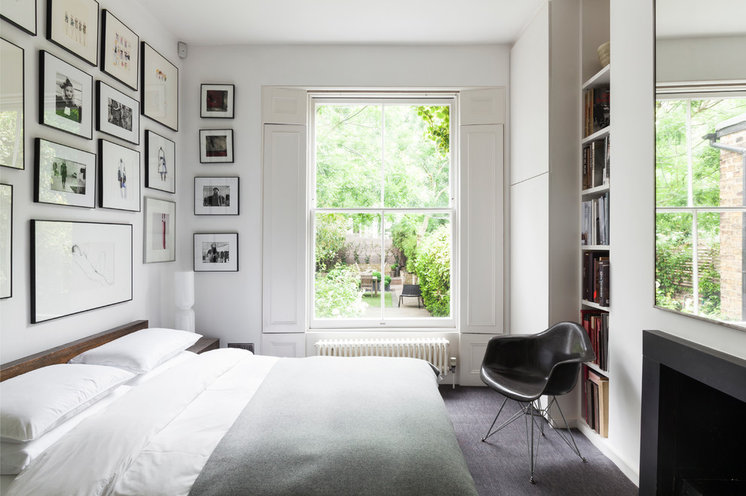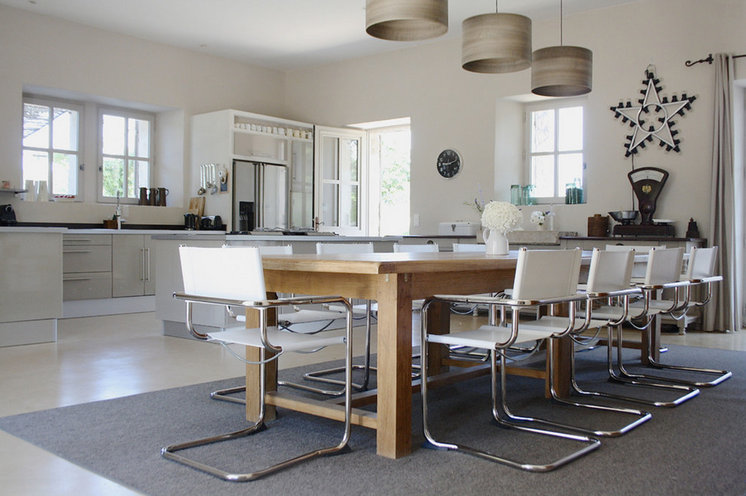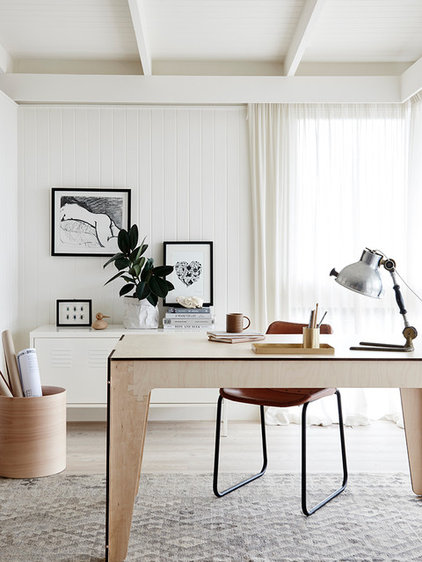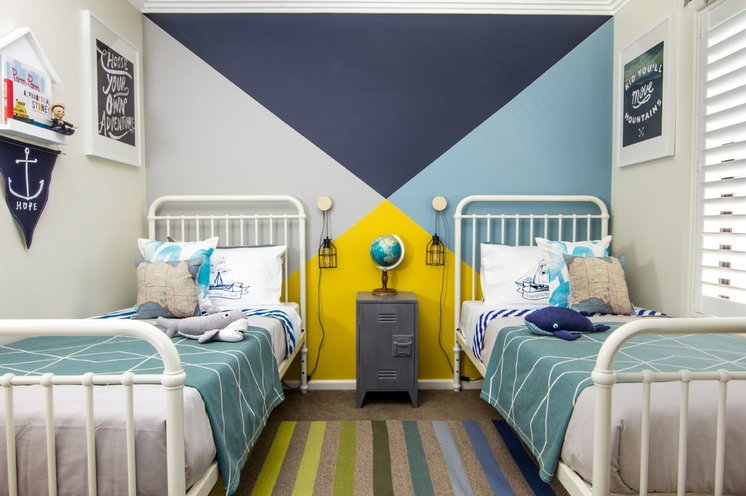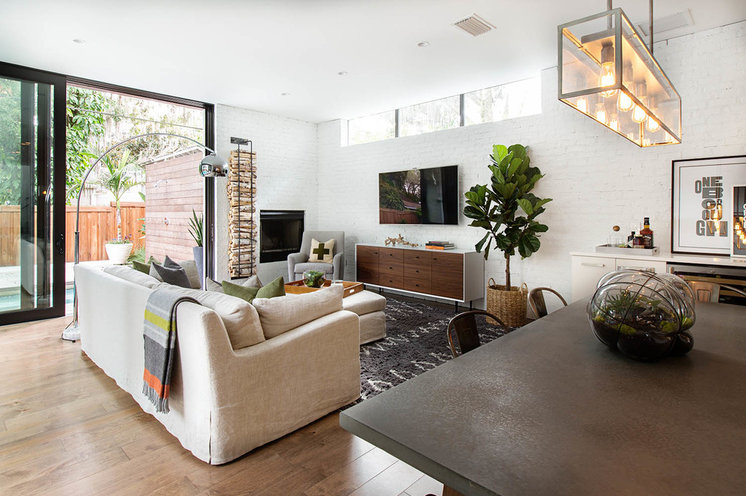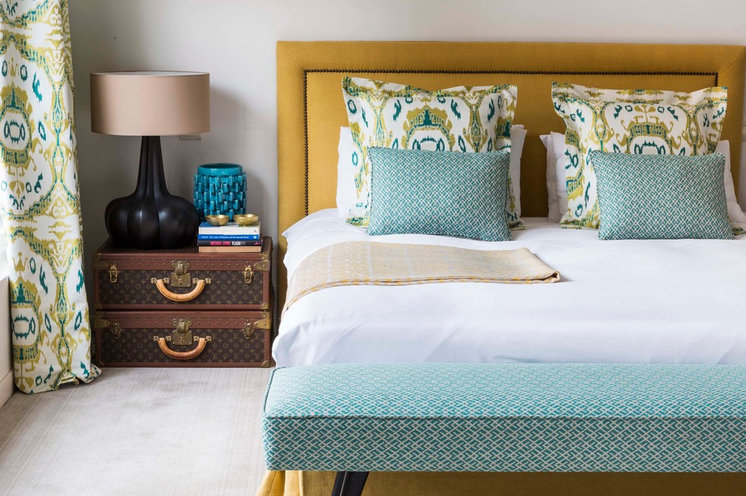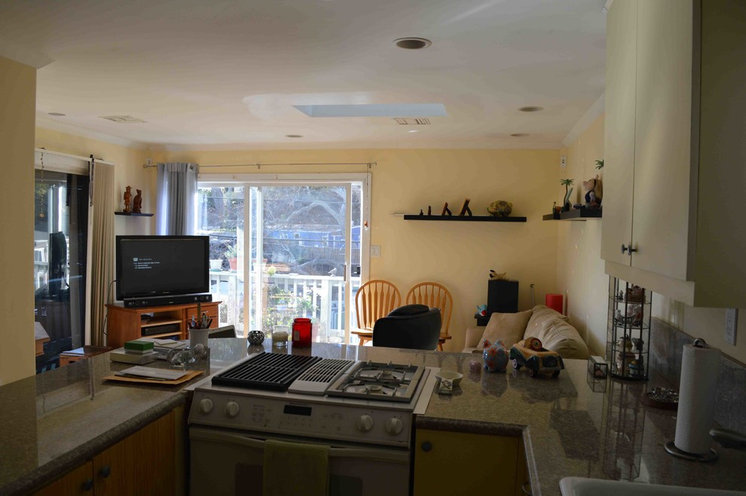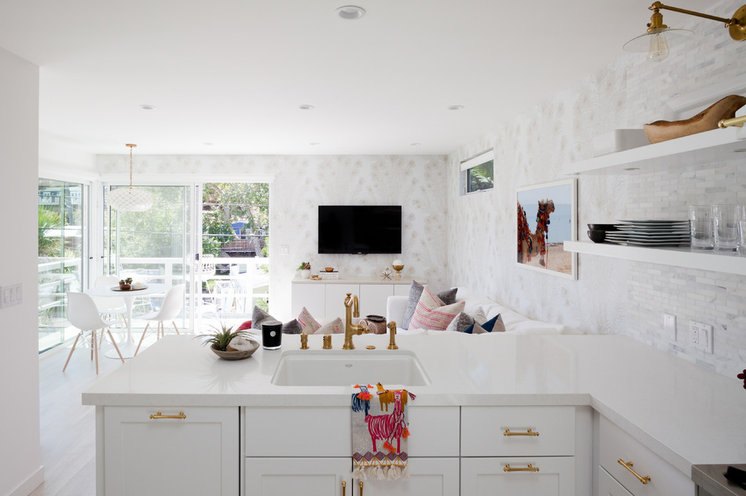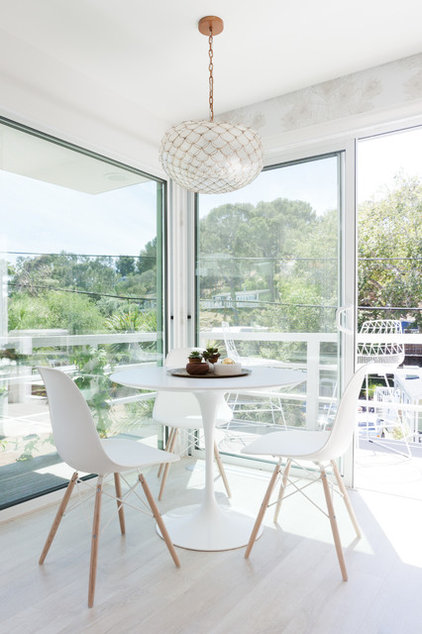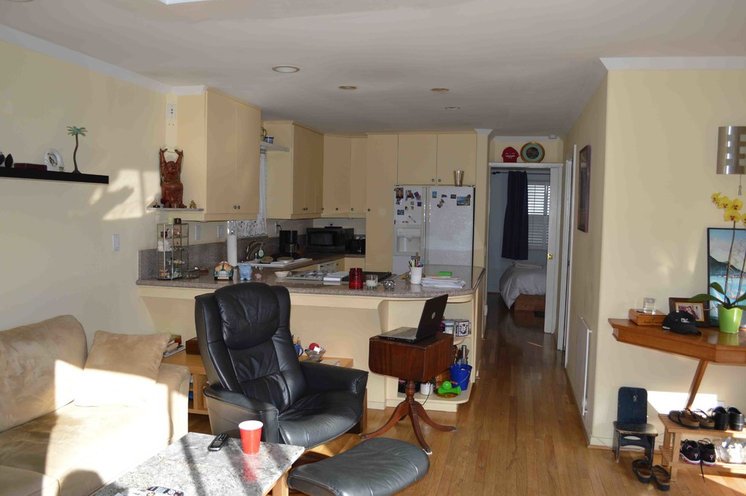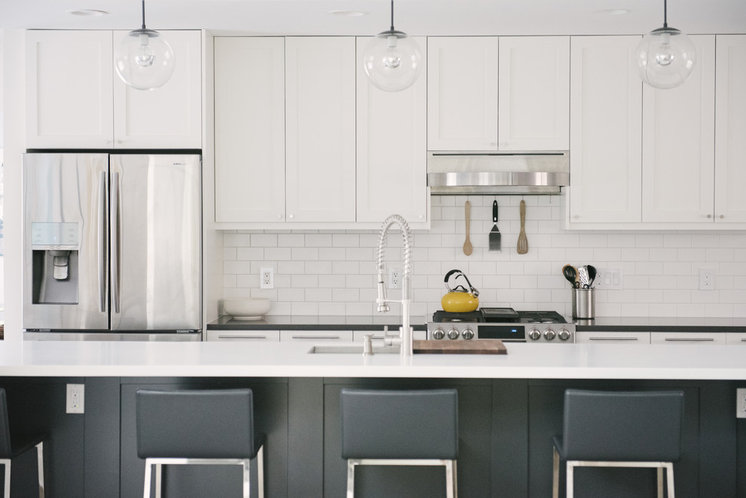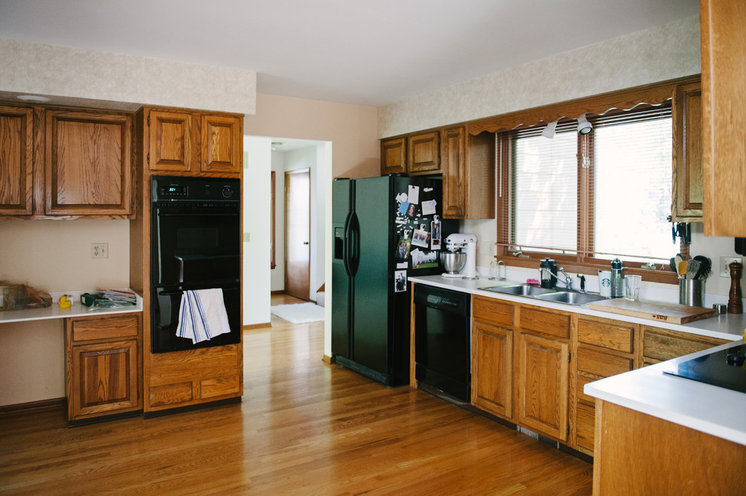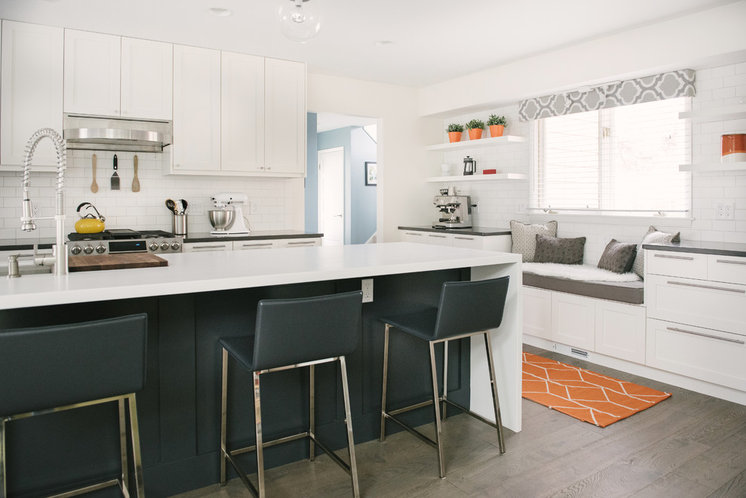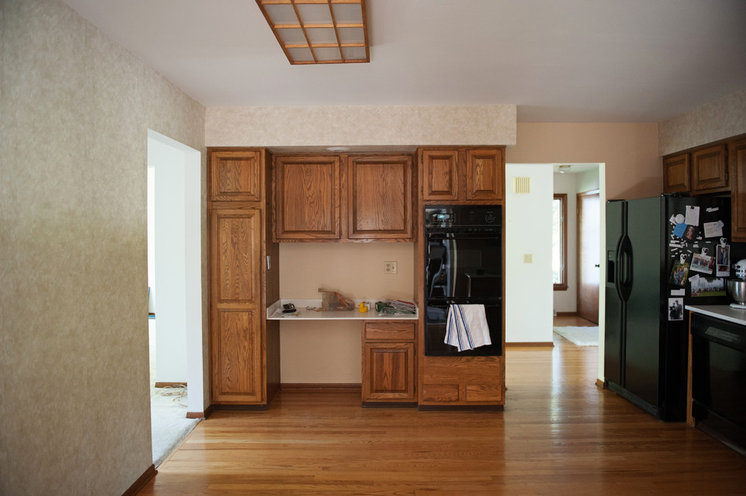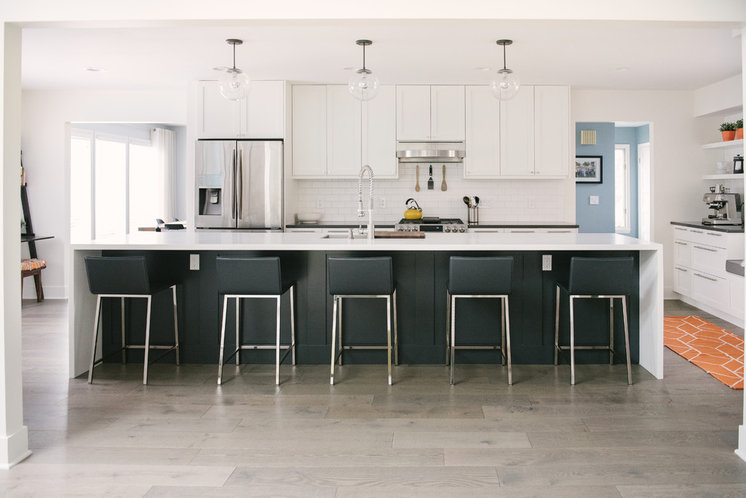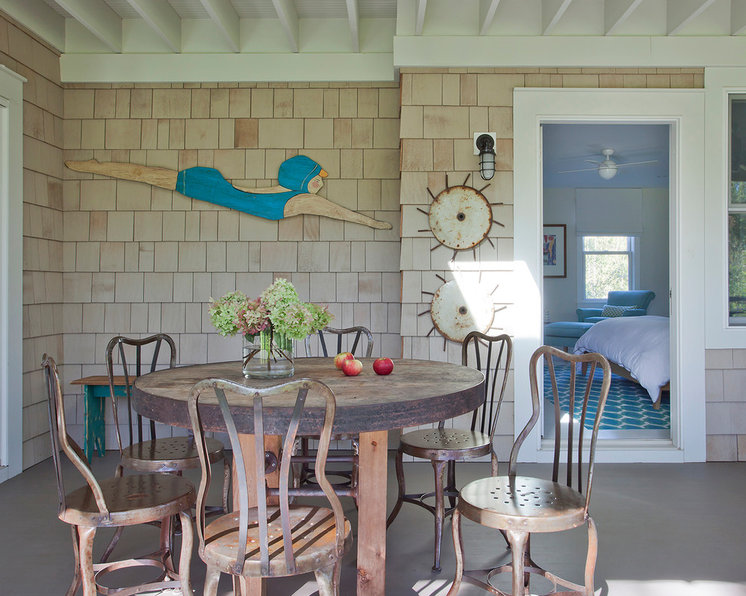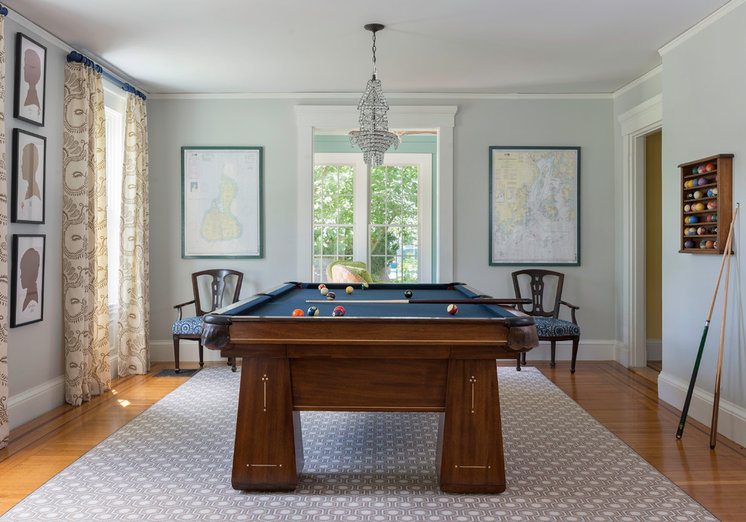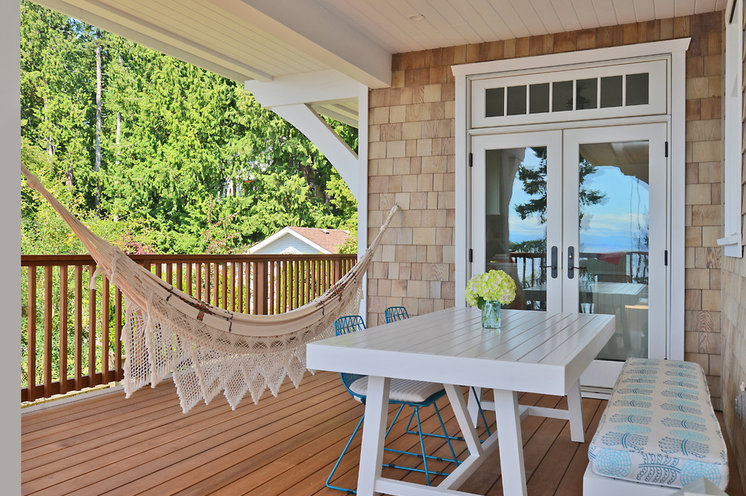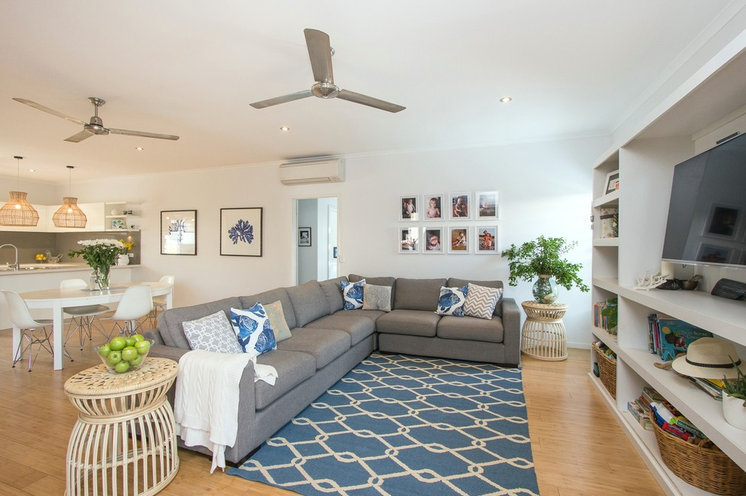
Purchase mortgages grew at a faster rate in rural communities than in the rest of the nation last year and rural borrowers paid significantly higher rates of interest than urban or suburban home buyers in 2014, according to an analysis of recently released data from the Home Mortgage Disclosure Act (HMDA) by Keith Wiley, senior research associate at the Housing Assistance Council.
While all mortgages declined, the number of loans for home purchases increased both nationally and in rural communities in 2014. Rural home purchase originations grew by almost 7 percent, higher than the national increase in home purchases, which increased 4 percent over 2013. However, rural home purchase loan volume (440,489) still remained less than half of what it was before the Great Recession in 2006 (926,156).
However, rural home buyers paid higher interest rates mortgages last year than urban or suburban buyers. Approximately 15 percent of all rural home purchase loans were classified as high cost in 2014, up from 11 percent for calendar year 2013. The rate of rural high cost lending is approximately four and three percentage points higher than the rate for suburban and urban loans. High cost mortgages with interest rates that are significantly higher than the prime rates charged for similar loans (1.5 percentage points higher for a first lien and 3.5 percentage points higher for a second lien).
One reason rural loans average higher rates of interest than loans in other regions may be that high cost loans are particularly prevalent in manufactured home lending, a market segment important to rural communities. In 2014, nearly two-thirds of rural manufactured home purchase loans were classified as high cost loans — six times the high cost rate for single family home loans. Manufactured homes are largely financed with personal property, or “chattel,” loans which frequently carry higher interest rates than conventional home purchase mortgages. Approximately half of all manufactured home loans occurred in rural communities which elevates the overall high cost lending levels in rural areas.
read more...
http://www.realestateeconomywatch.com/2015/10/purchase-mortgages-increase-faster-in-rural-america/


